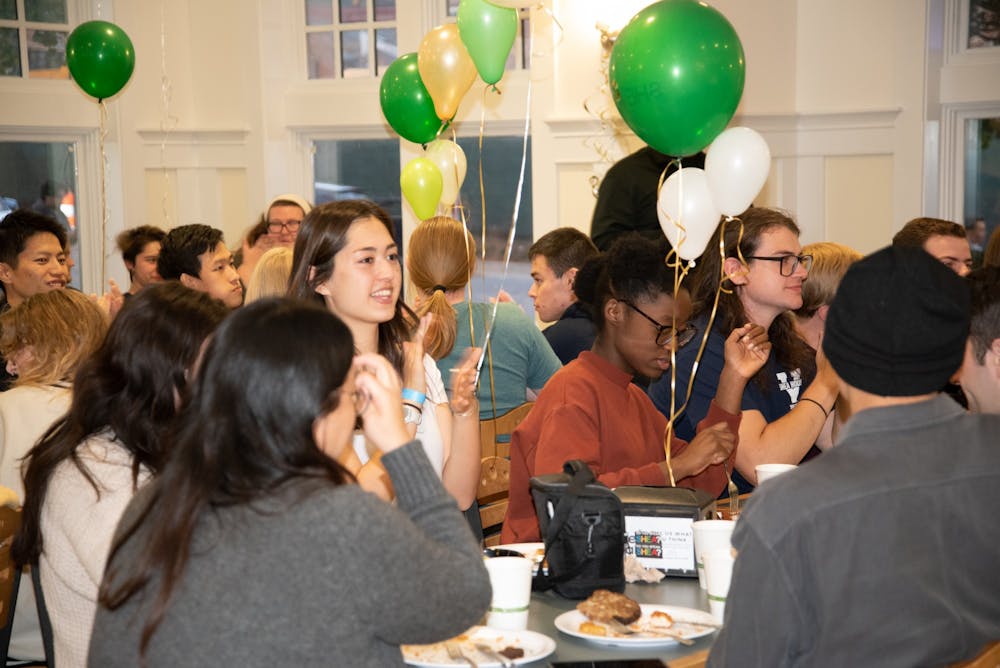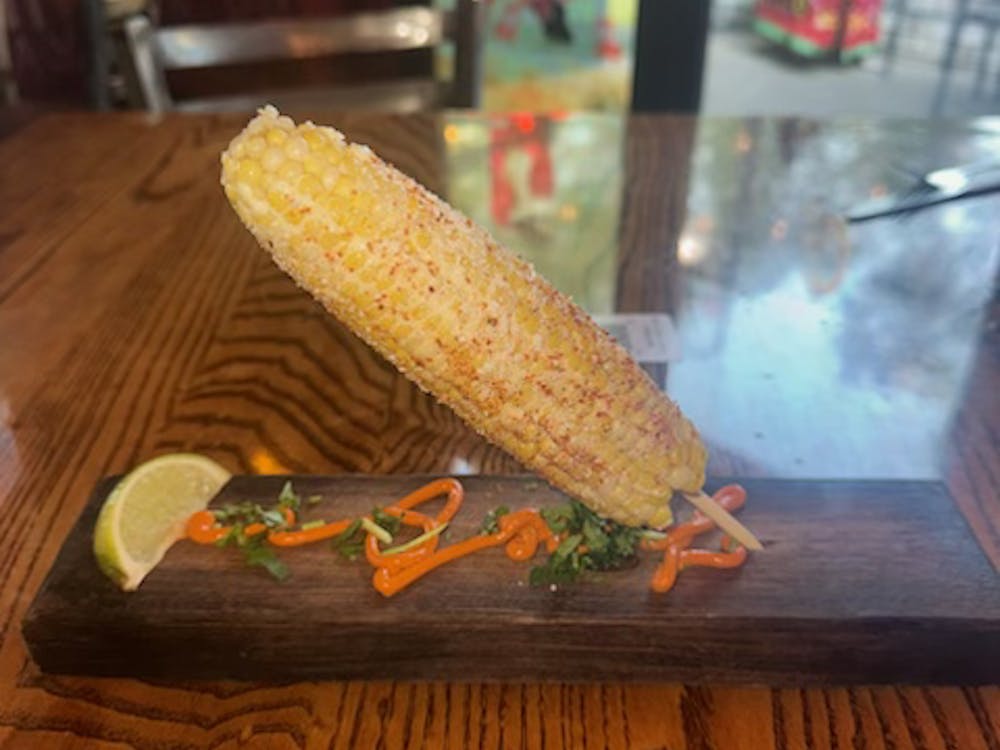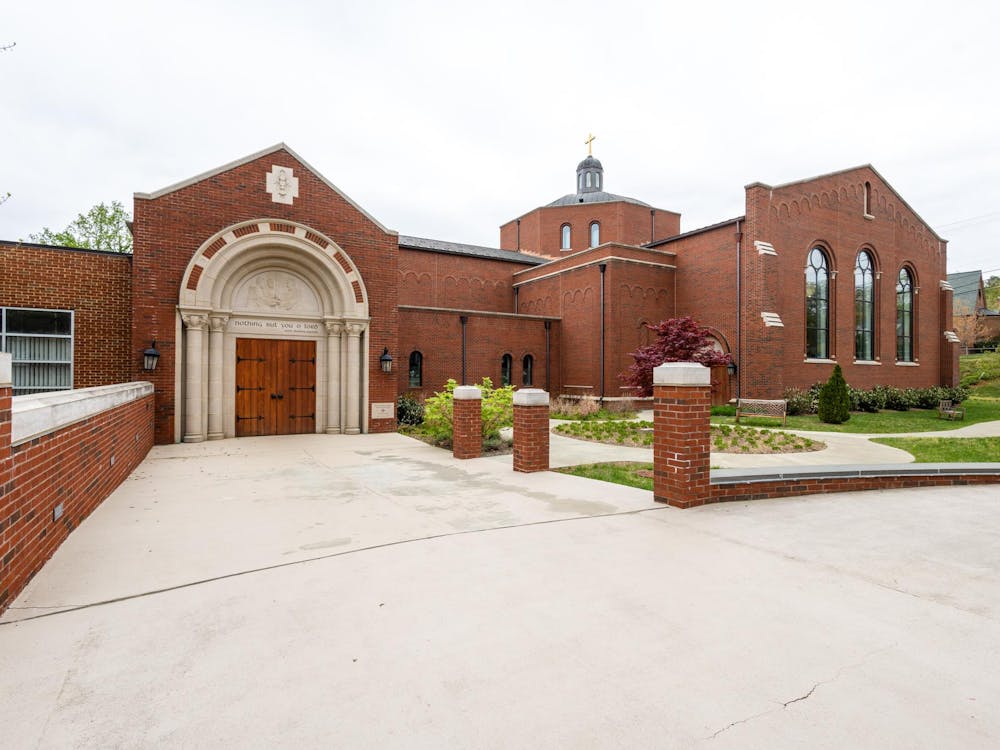Shea House hosted an anniversary dinner Thursday in celebration of its 20th year as a language immersion program. Since its founding in 2002, Shea House has provided a remarkable immersive language experience for students living on-Grounds at the University. The program has welcomed a myriad of students with a passion for language over the years through a competitive application process.
In the 2019-20 academic year, Shea House offered eight language programs for its residents — including Arabic, American Sign Language and Persian. Depending on which language program residents apply to be a part of, different languages are offered each year.
Skylar Spore, Shea House program facilitator and graduate student, is a recent graduate from American University in Washington D.C., where she majored in Arabic Language. Spore said Shea House is an ideal place for students to not only learn their language of interest, but also be exposed to other languages as well.
“I got involved in the Shea House because I’ve always been a big language person,” Spore said. “I thought getting involved in the Shea House would be a great way to connect my love for world languages and cultures and my need to stay on Grounds.”
For Spore, engaging with and uplifting other people who value language is what brings her meaning. Shea House has provided her with a way to connect with a community of people who also have a passion for learning and perfecting their language skills.
“Language is a lot like learning an instrument,” Spore said. “If you don’t have good motivation as to why you want to learn it, it will be so difficult to get very good. You need to have the drive to study it, think about it and dream about it … If you don’t have that drive, it’s very difficult to learn a language.”
Everyone studying the same language in the program is grouped into a pod. Cameron Hughes, fourth-year Education student, is in the American Sign Language pod and joined the Shea House community last year.
As she works toward her degree in Speech Communication Disorders, American Sign Language Hughes connects well to her field of exploring language and communication and she benefits from the language immersion that the Shea House offers.
“I wanted to have a more immersive experience with ASL, just to become more experienced with it,” Hughes said. “I’ve been able to meet a bunch of people [who know] ASL [by] going to assigned lunches and dinners, being able to completely immerse myself for an extended period of time with ASL.”
Because learning a language is so difficult, living in the Shea House can be very beneficial to eager language students. The students who chose to live in this house have a remarkable shared passion for their languages.
“I like living here and being able to work with the Shea community,” Spore said. “I’m surrounded by people who understand the dedication it takes to learn a language, [as] people who live at Shea House have to choose and apply to live here.”
The common theme of language curiosity amongst the residents bonds and further benefits the students working to improve their languages.
“Shea House is for people who either are passionate about learning a language and becoming more fluent in it, or some people who already know the language even,” Hughes said. “I think it’s more so for people who want to become better speakers of the language that they’re learning.”
In celebration of the work, progress and longevity of this program, two dedicated language professors and Shea House associates were selected to speak on Thursday evening. Robert Hueckstedt, professor of Middle Eastern and South Asian Languages and Cultures, started teaching at the University in 1998 and has been with the Shea House since its beginning. Ideas of creating a language immersion program for students were still just floating around back then.
“There was already talk about something that became Shea House,” Hueckstedt said. “We wanted to create a quasi-immersion experience for our students.”
Enrico Cesaretti, professor and department chair of Spanish, Italian and Portuguese and director of the Italian program at the Shea House, began teaching at the University in 1999. In 2002, he became the first director of the Shea House and remained director until 2007.
Cesaretti expressed how he enjoyed being a director at the Shea house during his time there. He emphasized the importance of cultural education alongside language immersion to bolster cultural appreciation.
“Language immersion increases the speed and scope of language acquisition,” Cesaretti said. “[The Shea House] is also a friendly and welcoming place where cultural understanding happens. It was very rewarding to watch the students’ relationships with each other grow.”
This residential community currently houses 67 students and is looking to grow to provide more students with this unique experience. As of now, the number of language programs provided by Shea House is greater than the number of language programs students have signed up for.
“We want more people,” Spore said.”The languages that we have now are Arabic, Japanese, Chinese, Korean, German, American sign language and Russian … We also offer Hebrew, Italian and Persian.”
Twenty years later, Hueckstedt still sees the ongoing appeal of living in the Shea House, noting its optimal location on Grounds and the independence its residents have with their student-run government.
“It provides the opportunity for someone to meet other people who are not only studying the same language you are, but are studying other languages and are having the same difficulties,” Hueckstedt said.







